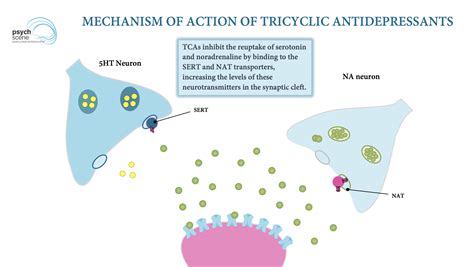Intro
Discover how Oseltamivir works to combat influenza, exploring its antiviral mechanisms, treatment efficacy, and resistance prevention, highlighting its role in flu management and pandemic control.
The importance of understanding how certain medications work cannot be overstated, especially when it comes to treating and preventing the spread of infectious diseases. Oseltamivir, commonly known by its brand name Tamiflu, is an antiviral medication that has been widely used to combat influenza. Its mechanism of action and the benefits it provides have made it a crucial component in the fight against flu outbreaks. For individuals looking to grasp the intricacies of oseltamivir, delving into its working mechanisms can offer valuable insights into its effectiveness and potential applications.
Oseltamivir's role in managing influenza has been a subject of interest for both medical professionals and the general public. By examining how this drug operates, individuals can better appreciate the science behind its use and the reasons it's prescribed for both the treatment and prevention of flu. The drug's ability to target the influenza virus, reducing the severity and duration of symptoms, makes it a vital tool in healthcare settings. Furthermore, understanding oseltamivir's working mechanisms can also shed light on its potential limitations and side effects, providing a comprehensive view of its utility in medical practice.
The benefits of oseltamivir extend beyond its antiviral properties, as it also plays a significant role in public health strategies aimed at mitigating the impact of influenza outbreaks. By reducing the severity of symptoms and the duration of the illness, oseltamivir can help minimize the spread of the virus, thereby protecting vulnerable populations and reducing the burden on healthcare systems. This multifaceted approach to managing influenza underscores the importance of oseltamivir and similar antiviral medications in contemporary healthcare.
Introduction to Oseltamivir

How Oseltamivir Inhibits Neuraminidase
The inhibition of neuraminidase by oseltamivir is a complex biochemical process. Essentially, oseltamivir binds to the active site of the neuraminidase enzyme, preventing it from cleaving sialic acid residues on the surface of infected cells. This action prevents the release of new viral particles, as the virus cannot escape the infected cell without the enzymatic activity of neuraminidase.Mechanism of Action

Benefits of Oseltamivir Treatment
The benefits of oseltamivir treatment are multifaceted: - **Reduced Symptom Severity**: Oseltamivir can reduce the severity of flu symptoms, making the illness less debilitating. - **Shortened Duration of Illness**: Treatment with oseltamivir can also shorten the duration of the illness, allowing individuals to recover more quickly. - **Prevention of Complications**: By reducing the viral load and the severity of symptoms, oseltamivir can help prevent complications associated with influenza, especially in high-risk populations such as the elderly, young children, and individuals with certain chronic health conditions.Administration and Dosage

Side Effects and Considerations
While oseltamivir is generally well-tolerated, it can cause side effects, including nausea, vomiting, diarrhea, and headache. In rare cases, more serious side effects can occur. It's also important to note that oseltamivir is not a substitute for vaccination, which remains the most effective way to prevent influenza. The drug's effectiveness can also be influenced by factors such as the timing of treatment initiation and the specific strain of the influenza virus.Public Health Implications

Resistance and Future Directions
The development of resistance to oseltamivir is a concern, as with any antiviral medication. Monitoring for resistance and the development of new antiviral drugs are ongoing efforts in the field of virology. Additionally, strategies to improve vaccination rates and adherence to antiviral treatment regimens are critical for maximizing the public health benefits of oseltamivir and similar medications.Conclusion and Future Perspectives

Final Thoughts
The significance of oseltamivir in the fight against influenza cannot be overstated. As we look to the future, ongoing research into antiviral medications, combined with public health efforts to improve vaccination rates and reduce the spread of infectious diseases, will be crucial in protecting global health.What is oseltamivir used for?
+Oseltamivir is used for the treatment and prevention of influenza A and B.
How does oseltamivir work?
+Oseltamivir works by inhibiting the neuraminidase enzyme on the surface of influenza viruses, preventing the release of new viral particles from infected cells.
What are the benefits of taking oseltamivir?
+The benefits include reduced symptom severity, shortened duration of illness, and prevention of complications associated with influenza.
We invite you to share your thoughts on the importance of oseltamivir in managing influenza outbreaks and its implications for public health. Your comments and questions are invaluable in continuing the conversation on this critical topic. Whether you're a healthcare professional, a researcher, or simply an individual interested in understanding more about antiviral medications, your input can help foster a deeper understanding of oseltamivir and its role in protecting global health.
